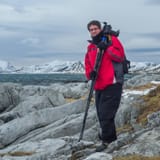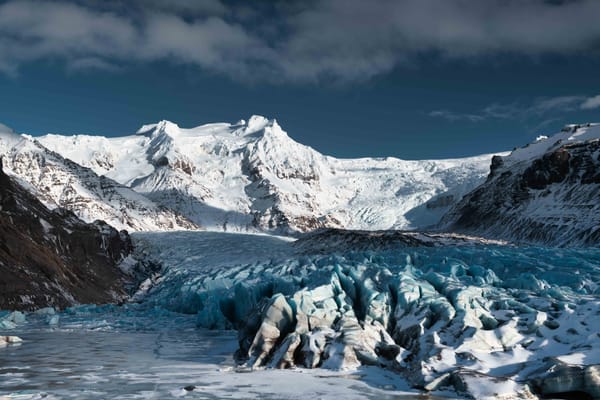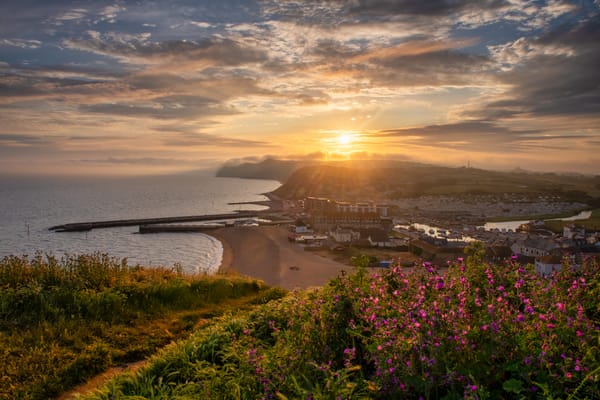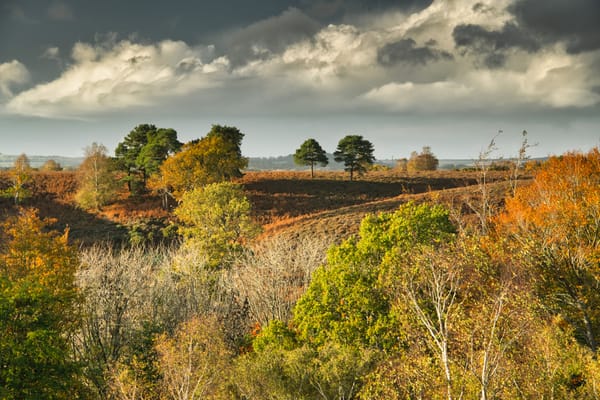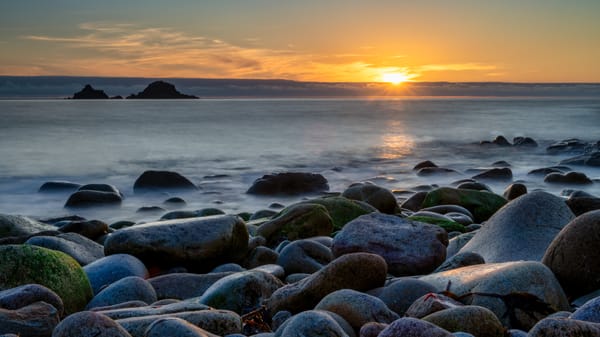Cornwall and a bit of Dorset
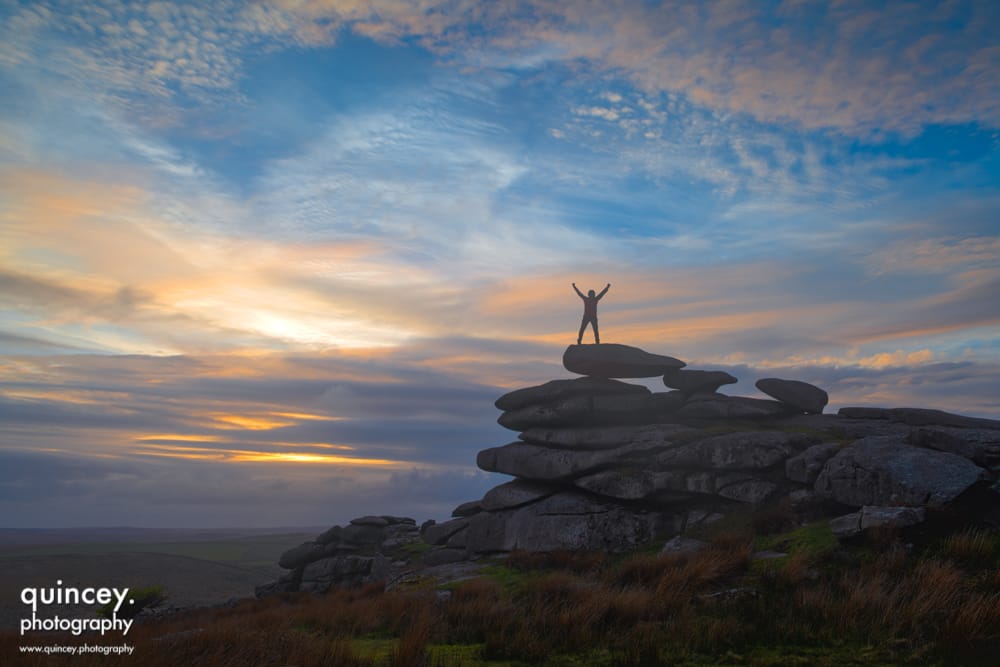
The latest of my trips with veteran photographer and workshop leader Tom Mackie was to Cornwall. Cornwall sits in the far South West and is two counties away from my home of Dorset, so is pretty much just down the road. It is known for its rugged coastline and balmy weather, and includes a number of well known destinations such as Lands End, Port Issac, St Michael’s Mount and many more. I was joined by some old friends, including Mike and Ed who I took to have a quick look round Dorset at the end of the workshop, as well as some new faces.
This was also my first proper go with my shiny new Nikon D850, which I bought to replace my trusty D4. The D4 had served me incredibly well and taken more than its fair share of knocks (read my earlier blogs and you’ll see what I mean), but since I was not doing Sports as much anymore and doing more Landscape, something with a slightly slower shooting rate but much better megapixel count seemed like a good call (I know its not all about the pixels blah blah, but this was a big jump!).
Part 1 – Cornwall
It was the end of April 2018 and we stayed mostly on the South coast during our mini photo tour of Cornwall. We were staying in Penzance which gave us quick access to some of the best sights, but Cornwall is a big place and there was a lot we simply did not have time to do. The first photo that I ended up happy with I completely forgot the location of, I just know it was somewhere between Cadgwith and Gunwalloe, on the South coast. Answers on a postcard (or in the comments) please.

We pulled in to this spot and had to scramble around to find a reasonable position to shoot from. I eventually settled on this view looking down the cliffs to accentuate its ruggedness and bring out some patterns in the waves below.
Later on we headed to a cove known as Dollar Cove, named such as it is said that coins from the wreck of a Spanish ship still wash up on this beach after storms. No coins but we did get a lovely view of the cove with fluffy clouds overhead.

I particularly like the contrast between the sharpness of the rocky outcrop in the foreground and the softness in the misty water (achieved with a long exposure) and the fluffy, slightly streaking clouds. The colours really popped as well which I’ll claim is because of my excellent shooting and post processing…
For sunset we headed to a very well known spot just down the road from where we were staying. St Michael’s Mount is a tidal island, meaning it connects back up with the mainland and can be accessed on foot depending on the tide. At the top sits a castle and chapel dating back to the 15th century. A popular shot of this involves waiting for the tide to recede, which reveals a causeway connecting the island to the mainland, and using that as a leading line up to the mount. At the time we were there the tide was well and truly in, so I found a little tide pool on the rocky shoreline and aimed for a reflection.

The light from the sunset never really materialised and a lack of clouds didn’t help either. The reflection wasn’t quite where I wanted it either, but short of getting lower and losing most of the tide pool this was the best I was getting. There is one nice puff of cloud just over the castle, which is also nicely reflected in the pool, so overall it was a surprisingly good result.
The next day, after an unsuccessful sunrise at nearby Mousehole we headed to the coast at Pendeen Watch Lighthouse and I had a chance to try my newly learned Focus Stacking techniques. The previous day Tom had taken me through how to use the focus stack feature of the D850 so I went and put it to use. I found some budding flowers and used them as a simple foreground to the coastline below. This particular shot I originally discarded, but came back to and went to see what Photoshop could do with the stacking. It did an admirable job, but struggled with the gaps between the flowers, resulting in out of focus bits between them. I started manually correcting the mask when I remembered people raving about Zerene Stacker, a specialist bit of stacking software. I grabbed the free trial, tried a few bits and came out with a much better result. The only issue I had was the clouds, since I used a long exposure (not entirely recommended for focus stacking!) it had no idea what to do with the clouds, so they had to be manually brought back in. I’m sure there are options I could have used to improve it, but I was running out of free trial…

With that done, we headed to Lands End for sunset. Lands End (unsuprisingly) marks the end of the British Mainland, so its quite a tourist attraction. It also happens to have a nice group of islands, including a arch called Enys Dodnan Arch. It was windy on the clifftop, but once the sun started setting we got some nice colours and a reflected sun just before it dipped below some far away clouds.

With Lands End under our belts, the next day we headed to Kynance Cove, a beautiful natural cove dotted with rocky outcrops and perfect white beach. We scrambled up a nearby hill and set up with a beautiful view in front of us. We were lucky in that the beach was nearly deserted as well, meaning no people to try photoshopping out.

By fluke I managed to capture an interesting cloud coming across that looked to me like a giant butterfly in the next photo.

Sadly the rest of the day was less successful, with a daytime trip back to St Michael’s Mount and a sunset in a rocky beach called Porth Nanven that smelled of death both not producing anything particularly worthwhile. This shot of the beach was the best I could come up with. I did have fun doing an 80 second exposure and got a visit from a friendly dog. So not a complete waste of time.

The next morning we headed back to Mouehole hoping for slightly better light, and I got a reasonably nice one of the port just as the sun starting hitting the houses.

Our next stop that day was Glendurgan Garden, a National Trust owned garden famed for its variety of trees and flowers, bluebells and even a hedge maze. There weren’t a huge amount of bluebells out, so instead I tried to pretend there was by capturing one in isolation using my 200mm lens to really throw the focus out everywhere else.

Following the trails around the garden eventually leads you to a great viewpoint looking down on the hedge maze. There was only space for one photographer at a time, but the patterns that this viewpoint gave you were worth it. The thatched summerhouse that acts as the centre of the maze made a great focal point.


Maze at Glendurgan Garden. 1/10s @ f8. ISO 200.
Again the 200mm lens was used to compress the perspective and provide a better crop than a wider lens would have. We were also very lucky with the lack of people in the maze, later on the day it was much busier and some creative cropping and photoshop magic would have to have been used.
Being a popular garden, the local wildlife were very used to people. So much that this Robin kept buzzing us, so I decided to get my 200mm lens back on and pretend to be a wildlife photographer briefly. Not that Robins are the hardest birds to photograph in the world.

I like the curiosity in his expressing in this shot, as well as the slightly more intesting colours in the background. The next shot shows off the puffy chest so recognisable in Robins.

Robin. 1/200s @ f2.8. ISO 320.
The next day we headed north to St Nectans Glen, which is an area of woodland with a number of waterfalls and trails. A decent hike eventually led us to the main site, which sits behind a paid barrier. On the plus side you could hire wellington boots, which came in handy when we got to the main attraction. St Nectan’s Kieve is a plunge pool with a 60 foot waterfall that cuts through a hole in the rocks. To get the angle we needed required a bit of wading and some very careful placing of the tripod, but eventually I got into a semi comfortable squat with a great view of the cascade and the hole in the rock.

I used a 1 second shutter speed to retain some movement in the water and add to the patterns in the foreground water. The greens of the mossy rocks contrast nicely with the stark white of the water. The original version of this included some sky, but it was slightly burnt out and provided nothing additional to the photo, so it got cropped out.
This little haven made us forget how windy it was outside of the protection of this natural shelter, and our sunset trip to the coast resulted in me getting nothing but blur from the brutal winds. Even the best tripods were struggling. It was a nice walk along the coastline though.
Our last day started with a trip to Lanhydrock, a National Trust property containing a large stately home and impressive surrounding gardens and woodland. Our main focus was to get the bluebells in the woods and, although there were plenty of them, I was utterly uninspired by what I saw. My fellow photographers were able to get some lovely shots, but everywhere I looked I just couldn’t see anything that got me interested.
So with that unsuccessful trip over it was time for the last location. The Cheesewring is a granite Tor located in the village of Minions. It consists of a pile of granite rocks stacked seemingly the wrong way round, with the largest at the top and the smallest at the bottom. It is a natural formation created through weathering, although it looks anything but natural. The Tor itself didn’t afford much interest photographically, but just across from it was an outcrop weathered in a similar way, and it happened to face the sunset quite nicely as well.
After a decent hike to get there we feared the weather wasn’t going to be on our side, as we had nothing but grey skies overhead, but just as we were thinking it would be hopeless, the clouds started parting giving us some great colours and patterns.

We got Tom to go and give us his best Rocky pose, which worked nicely against the colourful sky. Once Tom was out of the way, a nearby sheep decided it wanted to get in on the action as well, just as the sunset was dipping below the horizon and giving us one final farewell.

And that was the end of the Cornwall trip. It was another workshop of good friends, great locations and lots of learning. This was also the first time I didn’t lose or break anything on a workshop, so that was a win. It was now time to head back to Dorset, and in tow I had Mike and Ed, who I was hoping to show some of the best of Dorset to.
Part 2 – Dorset
Not it was time to head back to my home county of Dorset with Mike and Ed. We had a few days to try and cover some of the classics, as well as some more hidden away finds.

Any photographer who comes to Dorset is bound to come to Durdle Door. This natural arch is one of the highlights of the Jurassic Coast and attracts visitors from all over the world. This particular evening was mercifully quiet (we came back later in the week and there were people EVERYWHERE), although the sky didn’t quite light up as much as we would have liked. The isle of Portland can be seen in the distance above the arch.
The next day was a scorcher, with perfect blue skies and bright sunshine, which did not lend itself to nice photos. We headed to Old Harry’s Rocks, a set of chalk stacks on the isle of Purbeck in the South East and, although it’s a lovely spot, left feeling a little uninspired by the blank blue sky. Sometimes you just need a smidge of something in the sky to make it more interesting. No matter, later that evening we headed to Portland Bill, a working lighthouse on the Isle of Portland. This is another classic photo spot, with the craggy rocks contrasting nicely with the smooth red and white stripes of the lighthouse itself.

Again, not much interest in the sky, but we got a bit of colour from the sunset hitting the sides of the lighthouse and the green of the seaweed in the foreground popped quite nicely.
The next day was another perfect blue sky day. We toured around the north parts of Dorset, visiting a few spots and trying to find something that the harsh sunlight wouldn’t ruin. I didn’t have much success, but that evening we came back to Gold Hill in Shaftesbury. Gold Hill is a steep cobbled street that is most famed for its use in the Hovis advert ‘Boy on the Bike’ that aired back in 1973 and was directed by Ridley Scott (yes, that Ridley Scott).

We waited atop the hill for quite a while for the sun to kiss the top of the houses. I used small amount of bracketing and combined them into a HDR to bring up the landscape in the background a bit better.
The next morning was the final morning, so we planned one final hurrah and a very early morning shoot at Swanage Pier. Swanage sits in the south east of Dorset, and it’s old broken pier is a regular spot for people to photograph. We headed down at stupid o’clock in the morning, only to be greeted with construction works blocking access to the new pier which you would ordinarily shoot from. That wasn’t going to stop us though, so we worked our way round a footpath to the side and found a small beach (that said it was private for a boating club, but shhhh) that have us a good view of some of the remnants of the pier sticking out of the water.

We needed to use our longer lenses to reach the pier, but this had the nice effect of collapsing the perspective a bit. The first touches of morning sunrise created some nice colours and striping in the water, in stark contrast the sharp wooden structures sticking out of them.
Just as the sun had started rising we spotted a sailboat in the distance that looked like it would cross perfectly. We all hurried to get our cameras set up and in position for its passing, and eventually it drifted nicely across.

This was a nice ending to a quite challenging couple of days in Dorset. It’s not enough we complain about the weather being too good, but with the scorching temperatures (by English standards) and featureless blue sky, this was one of those rare occasions.
So another workshop (plus a bit of Dorset) was over, and it was back to the grindstone, but I was left with another nice batch of photos, a few more techniques under my belt and more great memories.
